Last month I ate buttermilk – And nothing happened… why is that?
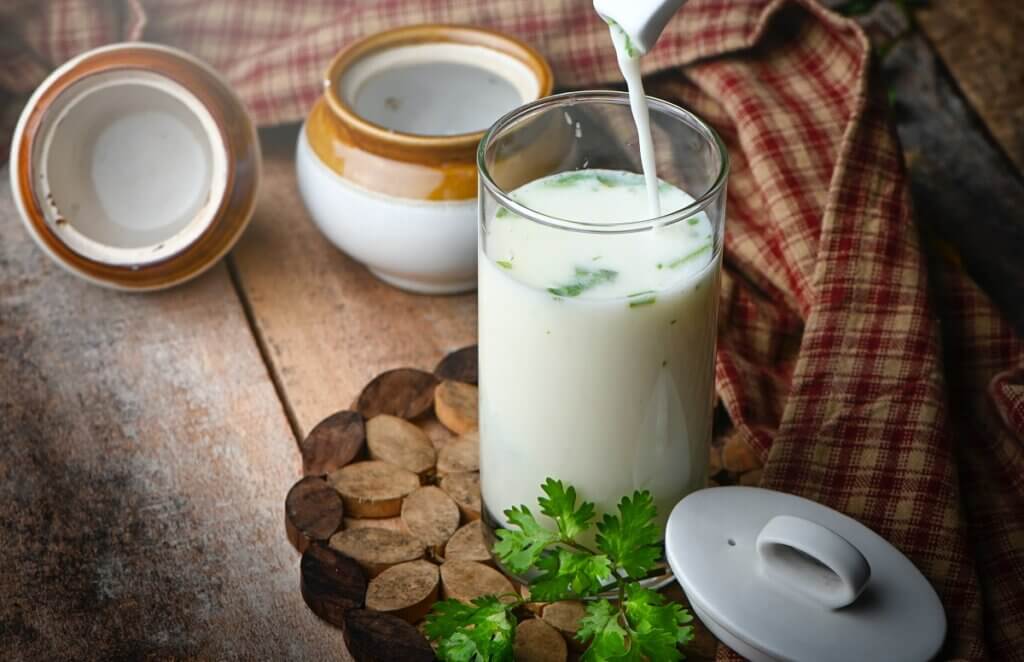
So what is buttermilk?
Buttermilk is a fermented dairy milk product, it’s when the milk is curdled and often has good bacteria added to it so that it is cultured. There is still milk protein left in buttermilk but perhaps slightly less than the original full fat milk used to make it. For more on buttermilk check out Healthline – Buttermilk.
Thanks to Adrian Rogers for this information from Wiki: the proteins are denatured to some extent “Buttermilk is made by heating skim or low-fat milk to 88 °C (180 to 190 °F) for 30 minutes or 90 °C (195 °F) for two to three minutes. This heating process is done to destroy all naturally occurring bacteria and to denature the protein in order to minimize wheying off (separation of liquid from solids). The milk is then cooled to 22 °C (72 °F), and starter cultures of desirable bacteria, such as Streptococcus lactis, S. cremoris, Leuconostoc citrovorum, and L. dextranicum, are added. These organisms convert lactose into lactic acid, a process that develops buttermilk’s acidity and unique sour flavour; the different types of bacteria may be used singly or in combination to obtain the desired flavour. “
If you have a dairy allergy and want to check what you should avoid, check out Living with Milk Allergy.
Imagine eating buttermilk with a dairy allergy!!!
Imagine just for a moment that you have a really serious allergy to cow’s milk protein and then find out you ate something that contained some dairy. Yet you were OK! Nothing bad happened apart some slight wheezing (which went unnoticed at the time). You’d start to question everything. So here’s what happened to me…
What happens if a dairy allergic eats buttermilk?
I have a VERY severe allergy to all dairy and the last two reactions have been horrendous, one ending up in a night on intensive care. So I am very careful when it comes to what I eat. I check fastidiously to make sure I avoid eating any dairy AT ALL.
So how do you think I felt to find out that I ate something, twice, that contains a small amount of milk in the form of BUTTERMILK in some vegetable spread used to fry something. I’m not going to go into who or where or how, it was a genuine mistake, but I didn’t remember any reaction. When I think back I do remember needing my inhaler so perhaps it did cause some mild wheezing but none of the other normal symptoms that I get when ingesting dairy protein.
Tragically it was chicken covered in buttermilk that caused a fatal allergic reaction for teenager Owen Carey. Read Teenager dies after eating Byron burger containing buttermilk.
How is a dairy allergic able to consume BUTTERMILK?
Is my allergy healing? Am I still allergic? I know I still am because I still can’t even walk into a cafe for takeout coffee without getting really wheezy. This is caused by dairy milk vapours from all the damned milk warming that goes on in cafes. It’s the bane of my life because I love cafes and people watching. So what just happened?
Cafe update – dairy milk vapour wheezing
On that note I have found a cafe that is OK. They have a back door leading the toilets and their storage area for food and this is opened often. I THINK that because the milk vapours can blast out of there, and the wind does blow in from the front door out through the back, I can sit in there with no wheezing. Weirdly the only wheezing came when I went out the back to use the loo! Fascinating and not that scientific but I don’t think Trip Advisor or google have a section for ‘has frequently used back door meaning dairy vapours can get blown out back!”
But back to the buttermilk…
I asked my allergy specialist about milk protein levels in buttermilk
I wrote to my allergy specialist, John Reed at Oxford Churchill hospital and this is what he said:
We suspect the way the buttermilk is extracted and the fermentation process involved in some way reduces the protein load and denatures the proteins thus reducing its potential reactivity at least for you. Additionally the fatty matrix of the buttermilk may in some way mask any allergenic epitopes to which you might react. Of course the quantity as an ingredient may also have been small acting as a contributory factor. Anyway thankfully it was only a mild reaction.
Dr John Reed, Churchill hospital, oxford
This is really interesting to me because it poses a question, is all dairy the same? Can there be differing reactions when you compare milk, cheese, butter, yogurt and derivatives like buttermilk? I’m not suggesting for a moment that anyone experiments with this. Do not go out and try eating some buttermilk – DON’T DO IT! I will certainly continue to avoid ALL milk products, including buttermilk.
Soya milk and soya lecithin
Comparing dairy allergy with soya allergy, many people who are allergic to soya can’t drink soya milk due to the high levels of soya protein, but they CAN eat soya lecithin. This is certainly the case for me, I don’t avoid soya lecithin but am pretty badly allergic to soya. The process of lecithining a soya removes all the protein so if you have a soya allergy you might need to avoid this derivative.
What did I do about this situation?
I spoke to the person who provided the food and understandably they were mortified, but as a result the offending product has been swapped to a dairy free version with no may contains as a similar price so that’s the best outcome you could ever hope for. It was a lesson for me, that maybe I haven’t been asking enough questions. It’s also a lesson that people may not understand what is meant by dairy free so far more education is needed, especially amongst those in the food service industry. Every day’s a school day though.
Lessons learnt from the buttermilk debacle
After any mistake I put into place my safety protocol. Here goes:
- If you are told something is safe, as more question. Ask what IS in the ingredients and even for the brand names so you can interrogate each element and check it really is safe.
- Get to know food vendors and be open and honest so you can have a dialogue and both learn from the communication.
- Do feed back to people so they can rectify things like this.
- Speak to your specialist for clarification about anything that confuses you
- If in any doubt don’t eat it!
- Stop eating something at the first sign of any reaction
- My dairy allergy is very much dose related. This ingredient of buttermilk was a long way down in one ingredient of a much larger portion of the meal, so it was a tiny part of it. This is what saved me I believe.
This did really shake me though. I had thought I was being so careful so it was a lesson for me to be ever more vigilant. What is the dairy free spread you are using? Anyway all’s well that ends well.
Have you had any near misses?
Have you had any mistakes like this? And did you report them to the establishment? Reporting these things is so important. It’s too easy to walk away and never go back somewhere but if we do that nothing changes. Check out the Near Miss Campaign for more information. I would urge both customers and food service establishments to start reporting internally and externally, any near misses because that’s how we learn and improve processes.
You may also be interested in reading:
- That time I called 999 for anaphylaxis and had to phone a taxi instead
- Anaphylaxis – The Essential Guide. The must have book for people with anaphylaxis – available on Amazon.
- Adrenaline Autoinjectors – Are they out dated?
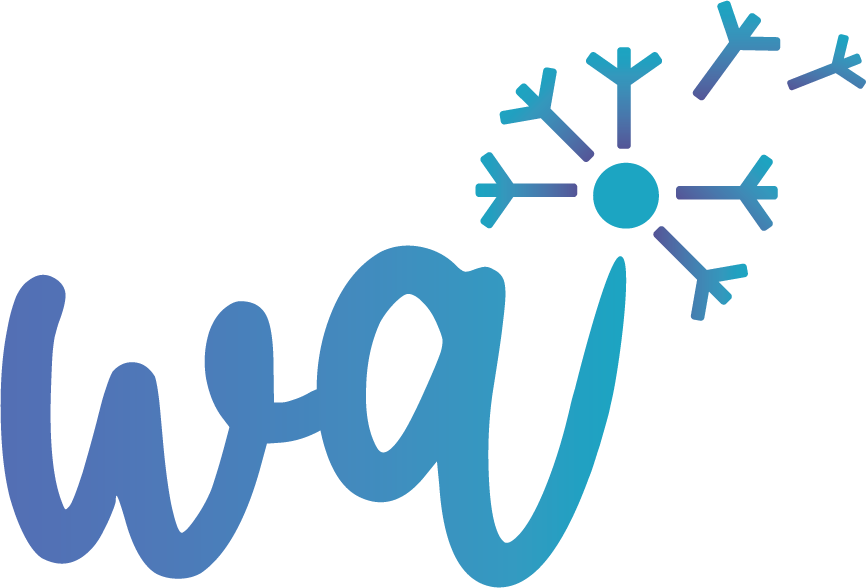


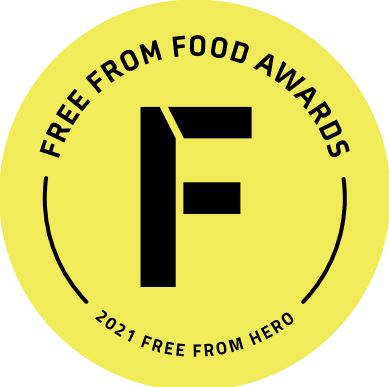


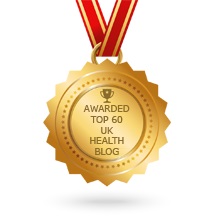


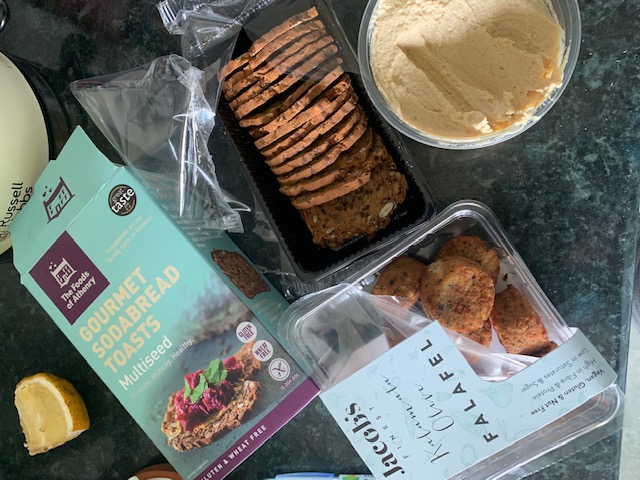
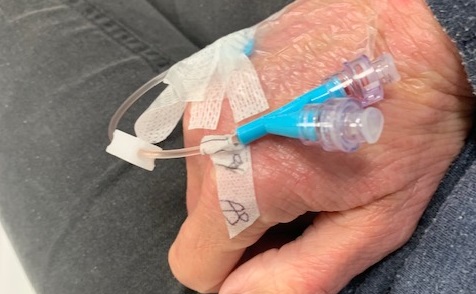

Blimey – I didn’t know about this at all, so very happy to have learned something here. And – being silly – I love the idea of a ‘fatty matrix’ acting as a protector!
HAHA yeah, there is so much we don’t understand about our bodies. I was speaking to Caroline too and she had similar, realised exposure and was expecting sickness but nothing happened. I’m not going to go out and eat buttermilk but it’s interesting, and encouraging to think that perhaps some foods might be safe. I won’t risk it yet, but it’s not something that was ever explained to me before by any expert, just something I’ve learnt through mistakes.